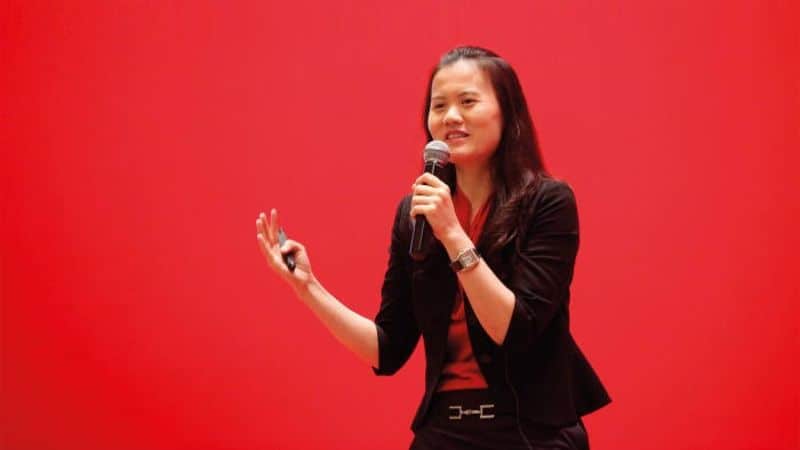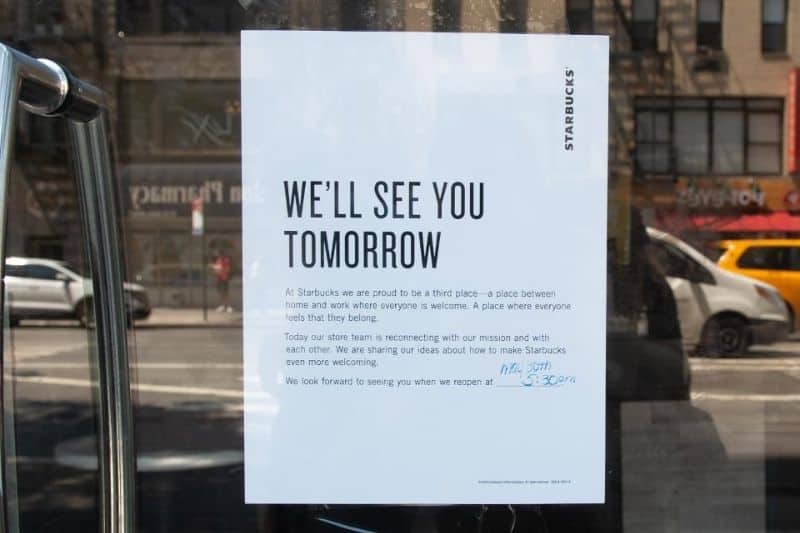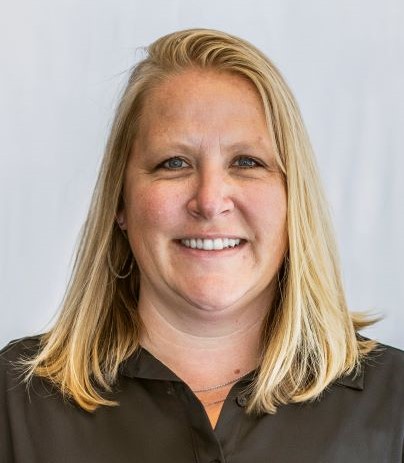Brands Making a Difference: Inclusion and Diversity

On our previous episode, we discussed how workplace inclusivity has become a requirement and how we at Monigle are building a unique culture that imbues it. While our diversity efforts accelerate, we continue to be inspired by others and the impact they’re making through fresh and innovative approaches.
Hiring diverse talent
An obvious first step in building an inclusive culture is hiring diverse talent. Remember that diversity itself is a multi-faceted bucket that spans gender, ethnicity, sexual orientation, socioeconomic upbringing, and education (to name a few).
Learn More: How we’re leaning into our culture during the time of COVID
Alibaba’s commitment to diverse talent is evidenced by the significant role women have played in the organization since the company’s inception—with more than one-third of its founders and current senior leaders being women.
Some are taking inclusion a step further by tracking diversity hiring metrics and data and sharing those statistics externally. Accenture was one of the first major tech companies to share its workforce demographics, holding themselves accountable and squarely in the public eye.
 Lucy Peng, one of the founders of Alibaba and former Chief People Officer
Lucy Peng, one of the founders of Alibaba and former Chief People Officer
Building upon existing inclusion training programs
Hiring diverse talent is not enough. It’s also important to design robust inclusion training programs relevant to all employees, rather than a small fraction. L’Oréal implemented a global multicultural diversity program, sponsoring initiatives such as disability awareness workshops in India and training for young adults in vulnerable communities in Pakistan. One of our partners, Northwell Health, currently ranked as the #2 health system in the US by DiversityInc*, launched the Diversity, Inclusion and Health Literacy (DIHL) division which aims to advance cultural and linguistic competence and promote effective health care across communities.
Learn More: How Peloton Came Unclipped: What Happens when Brand and Empathy Part Ways
I’m going to go out on a limb and guess that you have attended a sensitivity training or two. While sensitivity training is not exactly novel, it’s still essential. But too often training is treated as a one-and-done. Instead, training serves companies best when approached as a continuous dialogue. It wasn’t that long ago that Starbucks closed 8,000 of its stores to institute racial-bias training following the arrests of two African American men at one of its stores. Starbucks proactively diagnosed a culture challenge related to diversity and swiftly implemented a training to solve it. Ideally, Starbucks would have diagnosed this challenge sooner and launched a training program that would have helped prevent the incident and the negative press that came along with it. But it’s still a commendable culture move nonetheless.

Evolving inclusion from the inside-out
Some brands have made such noteworthy progress in establishing inclusive cultures that diversity is beginning to manifest itself in evolved brand positionings and innovative product designs.
Lenovo has embraced a positioning centered around “Different is better”, championing diversity of thought. Mastercard recently launched its “True Name” cards, inscribing consumers’ chosen names on the front, which is designed for nonbinary or transgender customers whose chosen names can differ from the ones they were legally assigned at birth. This is an important lesson in thinking beyond target demographics and solving for all customers.
So, how might this apply to your business? Start to:
-
-
- Create accountability by transparently tracking progress for all diversity hires
-
2. Move beyond regularly scheduled training sessions to address specific topics that might be relevant to your people and/or impacting your customer
3. Think through the pain points that each and every one of your customers might be facing and build your brand and innovation pipeline around it
It’s no secret as to why the world’s largest and most respected brands are prioritizing inclusion and diversity. Instead of waxing poetic about the undeniable underlying business case, we’ll focus on a simpler reason: because inclusion respects and galvanizes the people companies serve—from those they employ to those who use their products/services. Inclusion is no longer optional; it’s mandatory.
What examples have you seen of companies doing this well? What steps are you taking in your own organization to increase meaningful diversity and inclusion efforts? We’d love to chat more – follow us on social, or reach out to us to continue the conversation.
*Reference: https://www.diversityinc.com/the-2019-top-50-diversityinc/



